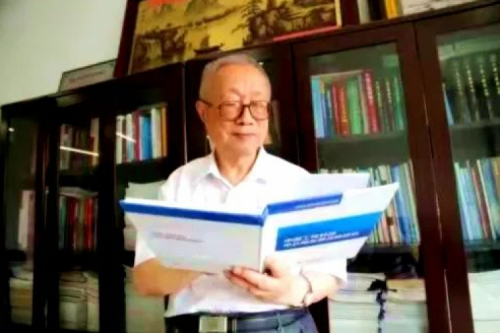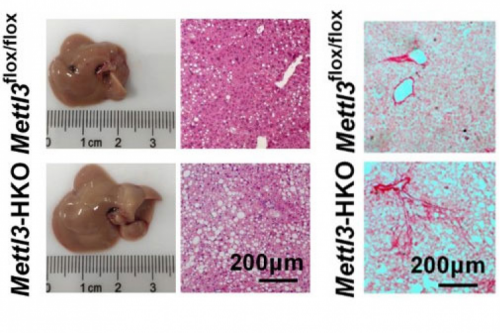Reported by: Ji Xuan
Translated by: Ren Shaorui
Edited by: Garrick Jones
The professor You Shijie and the PhD Liu Guoshuai, the members of the team led by the academician Ren Nanqi of the national key laboratory of urban water resources and water environment in our school, once again made important progress with a breakthrough in the field of environmental photocatalysis techniques. Their achievement In Situ Photochemical Activation of Sulfate (i-PCAS) for Enhanced Degradation of Organic Pollutants in Water is published in Environmental Science & Technology (Environmental Science & Technology,IF 5.393), which is the top journal in the field of international environmental science and engineering. The paper has been elected to be Highlighted News on the home page. Our school is the only unit of the paper’s author. This is the third time that the professor You’s research achievements have been selected as Highlighted News of the journal since 2013.
Sulfate free radical is a new type of strong oxidation free radicals. Its oxidation ability is almost equal to that of hydrogen free radicals but its optimal pH is wider. The former also has a longer life in the water so the degradation of organic pollutants is better, which is the hot research over the world. Currently, sulfate free radical is mainly achieved by activating sulphate and peroxysulphate with metallic oxide. However, this way requires an additional chemical reagent, which not only increases the operation cost but adds a lot of secondary pollution risks. Sulfate is very common in various water bodies and the concentration range is very wide (from few milligrams per liter to dozens of grams per liter) so the research team first proposes the concept and method (i-PCAS) that they use the light catalyst bismuth phosphate nanowire with broad-band gap high-price bandto activate sulfate to generate sulfate free radicals in situ under the condition of neutral pH. They have proven the feasibility and effectiveness of this way from many perspectives.In this way, sulphate free radicals are generated only by the existing sulphate ion in the water without the need of additional sulphate and peroxysulphate, which not only reduces the processing cost but effectively avoid secondary pollution. The achievement provides a more simple, green and cheap method for people to get sulphate free radicals so as to realize the efficient degradation of organic pollutants in water. The study is supported by several projects such as Natural Science Foundation of China, the independent subject of the national key laboratory of urban water resources and water environment, the innovation fund of ecological environment research institute in our school, the Youth Talents Plan and so on.
The link of the paper:http://pubs.acs.org/journal/esthag





